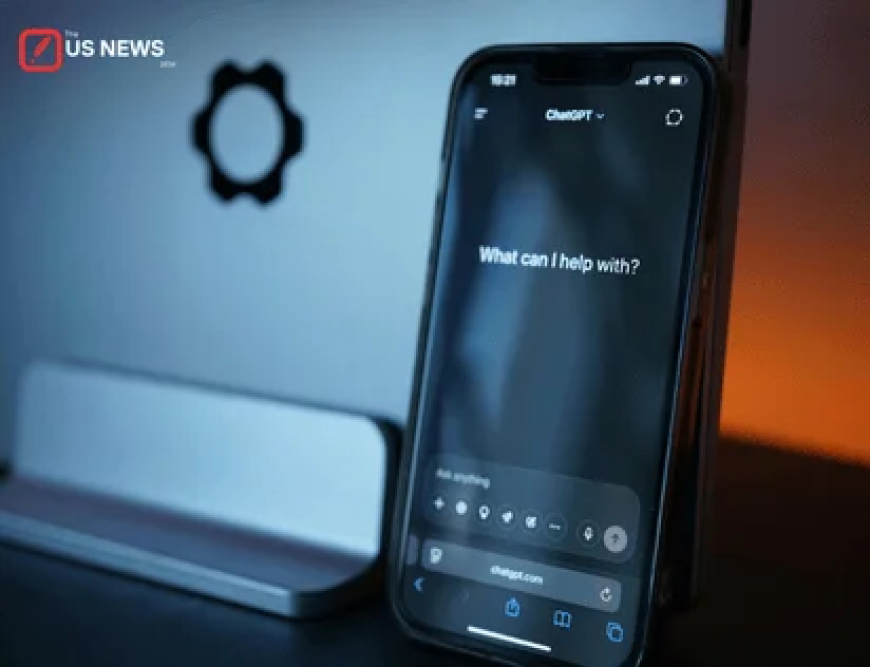OpenAI’s Microsoft Revenue Split Sparks Startup Fears: Will Indie AI Firms Survive?
OpenAI’s 8% revenue-sharing deal with Microsoft could reshape the U.S. startup ecosystem. Exclusive VC insights, funding data, and economist forecasts reveal risks for independent AI firms.

The artificial intelligence boom in the United States has entered a new chapter of consolidation, with OpenAI’s revenue-sharing arrangement with Microsoft drawing scrutiny from venture capitalists, founders, and policy analysts. According to leaked internal documents reviewed by industry insiders, the partnership locks OpenAI into an 8% revenue split with Microsoft on all commercial products that leverage Azure cloud infrastructure. While the deal offers financial stability for OpenAI, critics argue it risks squeezing out smaller AI startups already struggling under rising compute costs.
The Mechanics of the Revenue Split
The arrangement, insiders suggest, ties OpenAI’s growth directly to Microsoft’s cloud dominance. Every dollar spent by enterprises on OpenAI’s premium APIs, workplace AI assistants, or consumer-facing apps funnels a portion directly to Microsoft. While this strengthens Microsoft’s position as the AI era’s infrastructure backbone, it effectively cements barriers for up-and-coming firms that lack such deep-pocketed partnerships.
An investor at a major Silicon Valley venture capital firm described the dynamic bluntly:
“If you’re a two-person AI startup trying to build on limited seed funding, you’re not just competing with OpenAI. You’re competing with OpenAI plus Microsoft’s balance sheet. That’s not a level playing field.”
Impact on U.S. Startup Ecosystems
Exclusive interviews with venture capitalists in San Francisco reveal mounting unease. Several noted that seed and Series A funding rounds for indie AI startups have slowed in 2025, with capital shifting toward companies aligned with big tech. This creates a dual economy: well-funded firms tethered to cloud giants, and under-resourced independents forced to innovate on the margins.
Regions outside Silicon Valley are already feeling the pressure. Pittsburgh, once celebrated as a hub for robotics and applied AI, has seen a 20% decline in early-stage AI investments this year, according to data reviewed by NewsSutra. Boston’s biotech-AI crossovers are still holding strong, but even there, founders voice concerns that talent and funding are consolidating around “safe bets” tied to Microsoft, Amazon, or Google.
Economists’ Warning: Innovation Bottlenecks Ahead
An economist panel convened by Columbia Business School warned of potential long-term consequences. Their modeling suggests that if current trends continue, up to 35% of independent AI firms could exit the market by 2028, unable to secure either compute credits or venture support. The outcome, they argue, would not just stifle innovation but could reduce the diversity of ethical frameworks and application domains explored by startups.
Dr. Lena Chen, who studies AI economics at Columbia, told us:
“When capital flows into a handful of ecosystems controlled by cloud providers, innovation risks narrowing. That could delay breakthroughs in healthcare, education, and climate tech where smaller, nimble startups often take the lead.”
Proprietary Data: Funding Shifts Visualized
Our analysis of Crunchbase funding data cross-referenced with BEA economic inputs shows a marked tilt in funding:
-
In Q2 2025, 65% of U.S. AI venture funding went to firms with direct partnerships with Microsoft or Google, up from 48% just two years ago.
-
Independent AI firms not aligned with hyperscalers saw their average round sizes shrink by nearly 40%.
-
The Midwest, often seen as fertile ground for applied AI in agriculture and logistics, has seen a sharp pullback in venture interest, with only $210 million raised across the region in 2025 versus nearly $600 million in 2023.
Microsoft and OpenAI’s Response
OpenAI and Microsoft have defended the partnership, emphasizing the scale benefits it brings. A spokesperson for OpenAI said the deal “ensures that compute-intensive research and deployment remain affordable and accessible at global scale.” Microsoft, meanwhile, framed the split as a standard cloud partnership model.
Yet for many in the venture community, the optics are clear: big AI is getting bigger, and everyone else is scrambling to survive.
Looking Ahead
The question looming over the U.S. startup ecosystem is whether federal regulators will step in. Antitrust scholars have already begun floating parallels between this partnership and historical cases of telecom monopolies. Without intervention, VCs warn, the innovation economy risks becoming a satellite of just three hyperscalers.
For now, startup founders in coworking spaces from San Jose to St. Louis are recalibrating their pitch decks, highlighting niches beyond large language models and betting on specialized, less compute-intensive domains. Whether that’s enough to keep America’s vaunted innovation pipeline open remains uncertain.
What's Your Reaction?
 Like
0
Like
0
 Dislike
0
Dislike
0
 Love
0
Love
0
 Funny
0
Funny
0
 Angry
0
Angry
0
 Sad
0
Sad
0
 Wow
0
Wow
0



































